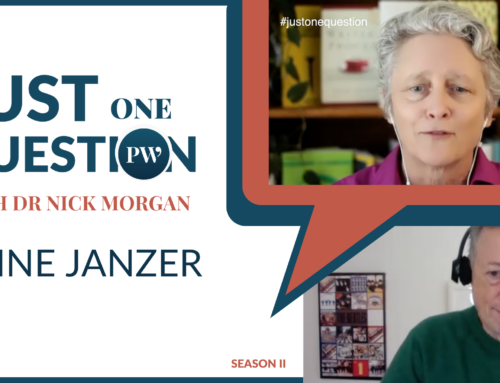I'm delighted to welcome a guest blogger to this space: Sarah Morgan, a writer for SmartMoney.com, attended the Public Words Speaker Forum 2010 and is writing up some of the speakers and sessions. (Full disclosure: she's my daughter.) Welcome, Sarah, and thanks for this insightful piece on how to ensure that your book is a success in the marketplace! Public speakers take note, because a successful book is still the ticket to a sustained public speaking career.
It’s every author’s dream: a debut book that bursts onto the national stage as an instant bestseller. Rebecca Skloot has been living that dream with the publication of The Immortal Life of Henrietta Lack, winning glowing reviews everywhere from Science to Entertainment Weekly and appearing on “Fresh Air” and “The Colbert Report.” But as Mark Bloomfield explained at the Public Words Speaker Forum 2010, Skloot’s story isn’t quite that simple. What looks like instant success was actually the result of 10 years of work cultivating relationships with magazines, book review editors, and other key readers. Skloot also arranged her own 50-city book tour.
Similarly, Chip and Dan Heath did a lot of legwork that helped make Made to Stick a success that publishing insiders didn’t see coming. Anita Diamant used a relationship with a female rabbi to spread the word about The Red Tent to a core readership of Jewish women.
A book is “a 16th-century technology with a 19th century business model trying to operate in a 21st century time,” Bloomfield said – but it’s still the most powerful tool for connecting with an audience. Even as e-books gain popularity, the book as a physical object retains its power. People display them in their homes and offices as signals about their identity, and their identification with groups, causes, attitudes and so on.
“Publishers have a privileged relationship with retailers and with the media, but authors have a privileged relationship with readers,” Bloomfield said. Especially in today’s interconnected world, an author needs to think beyond the front-of-store display in Barnes & Noble and identify a core group of readers she wants to reach, and a plan for converting her fans into advocates for her book.
“Don’t worry about bookstores,” Bloomfield said – worry about readers. Only 5% of book sales are made through bookstores now. “People know where to buy books, people know how to get them – if they want them. You have to make people want them.” Once an author builds an audience, readers will find his book whether or not it’s got that front-of-store display.
Bloomfield outlined a five-step process for any author developing his own word-of-mouth marketing plan for a new work:
1. Identify and define your brand as an author.
2. Define your goals. Whom do you need to reach?
3. Identify your circle of advocates. Whom do you know, and how can they benefit from affiliating with your ideas?
4. Design your campaign. How will you engage with these advocates in person and online?
5. Plan for turnover. Understand what the publisher’s marketing plans are, and how your work can be coordinated with theirs.
“Publishers who give an advance to an author essentially are seeding a new business,” Bloomfield said. “The author is the CEO of the book.”








Your sharing a very reliable idea. Thanks Genius!